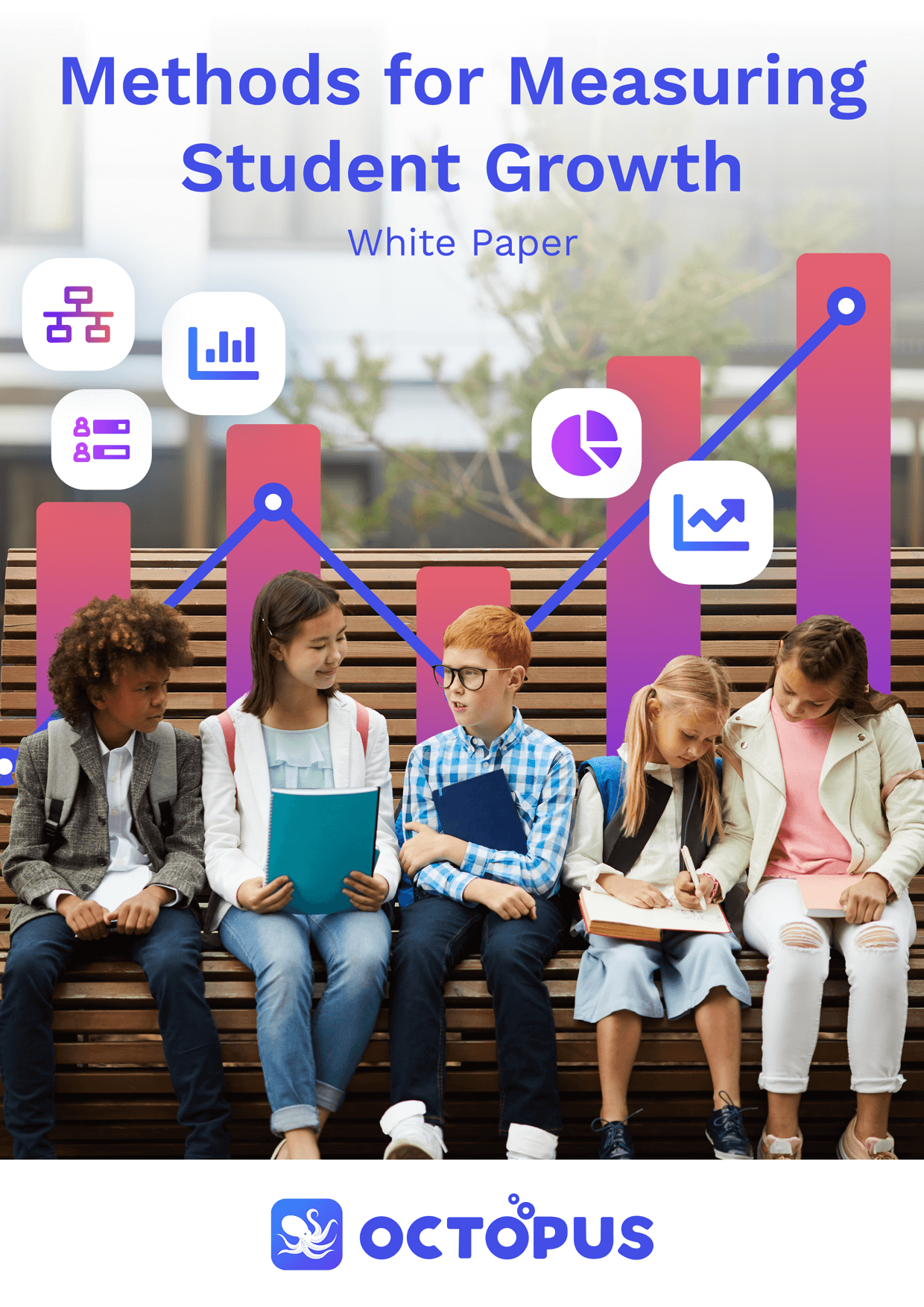In this White Paper you will learn:
- Different methodologies and approaches for measuring student growth
- The models used to measure and predict student’s year-to-year growth change
- How to evaluate NAPLAN, Edutest, PAT scores
- How to compare students by state, consider effect size and more
“Growth” and “growth potential” have become very popular subjects in discussing student development. It is often based on determining whether a student has performed better between two points in time – for example, has a student achieved expected growth between NAPLAN assessments.
In 2020 and 2021, educators have been deeply involved in discussions on how to recognise and measure student achievement, potential and growth in remote learning situations, where there is no opportunity for in-person observations and interventions.
This White Paper explores some common methodologies and approaches education leaders can use to statistically determine student growth:
- The gain score model, which simply measures change over time.
- The ‘growth of growth’ model, which measures a change in growth rate
- The student growth percentile model, which relies on a statistical model to determine how much a student should grow, therefore highlighting at-risk individuals.
- The effect size approach model, applied to populations where interventions have been attempted to measure the success of that intervention in teaching and learning.
As you can see from the effect size model, educators are beginning to recognise that student growth can be measured in ways that go beyond academic scores.
What is student growth?
Student growth is a metric that measures how much a student improves during a set period of time, such as one year, or between two similar assessments. It can be measured in a variety of ways, taking into account a student’s entering skill level, contextual factors, or benchmarks.
As a metric, student growth is most often used to demonstrate the impact of teaching. Growth measurement can be mapped to curriculum standards and expectations to report on which students have progressed as intended or expected, which have excelled, and which have struggled.
Why is it important to measure student growth?
It is important to measure student growth because positive growth indicates improvement and success, while a decline in achievement demonstrates that a learner may require intervention or support.
As standardised education models are being improved or replaced with personalised student learning experiences, academic achievement is understood as only one facet of a student’s education and growth journey.
With the help of education analytics tools that aggregate and connect key performance and engagement metrics, education institutions are able to attain a more holistic picture of student growth, including in learner profiles and student dashboards.
Related Articles

Three ways learner profiles help predict student growth
For a long time, educators have wanted to create more personalised learning experiences for their students, sensing or seeing the benefits that arise from individualised strategies and attention. But lacking resources and support, educators have often had to rely solely

Why is it important to integrate analytics to your school’s LMS and SIS?
School’s are collecting more and more student data via an increasing number of education technology platforms and systems. The problem is, these systems aren’t integrated. Online learning management systems (LMS) and student information systems (SIS) in particular capture and store





